Search
Friday, October 27, 2017, First Parish of Sudbury
Sunday, October 29, 2017, Old South Church, Boston
Sinfonia in D Major Johann Adolf Hasse (1699-1783)
Allegro spirituoso—Grave (1699-1783)
Andante
Presto
Sonata for two 2 violins, obbligato cello, and continuo Antonio Lotti (1666-1740)
Adagio • Allegro • Adagio • Allegro
Trio Sonata in D Major, Fk 47 Wilhelm Friedemann Bach (1710-1784)
Allegro ma non tanto • Larghetto • Vivace
Intermission
Sonata à 4 Johann David Heinichen (1683-1729)
Adagio • Allegro • Largo • Allegro
Sonata in C Minor for violin and continuo attrib. to Johann Georg Pisendel (1687-1755)
Adagio • Presto •Affetuoso • Vivace
Concerto in E Minor for traverso, strings, and continuo Pierre-Gabriel Buffardin (c. 1690-1768)
Allegro non molto • Andante • Vivace
Suzanne Stumpf, traverso; Sarah Darling and Jesse Irons, violins
Marcia Cassidy, viola; Daniel Ryan, cello; Michael Bahmann, harpsichord
Program Notes
Throughout his career, Johann Sebastian Bach came in contact with gifted singers and instrumentalists whose talents inevitably influenced his creative processes. Some of the outstanding musicians from whom Bach derived significant inspiration were associated with the famous musical establishment of the court in Dresden. Bach encountered these composers and virtuoso performers when he made numerous trips to the city with his young son Wilhelm Friedemann beginning in the 1710s.
Dresden’s musically-trained Elector August I (known as The Strong) brought about the most brilliant and extravagant period in Dresden’s cultural history. He, like King Louis XIV of France, saw cultural display as a reflection of political power and spent vast sums of money on the arts. The court orchestra was staffed with the finest French, German, and Italian instrumentalists and became famous throughout Europe.
Bach’s first recorded encounter with one of the musicians represented on this program was with Johann Georg Pisendel, who visited and collaborated with Bach in Weimar in 1709. Bach maintained a friendship with Pisendel when the latter began his employment with the Dresden court orchestra in 1712. As the leading German violinist of his day, Pisendel likely impressed Bach with his abilities. Albinoni, Telemann, and his former teacher Vivaldi were moved to dedicate works to the great violinist. The Sonata in C Minor had for many years been ascribed to Bach—both the florid writing of the first movement and the contrapuntal complexity of the fugal Presto movement might have encouraged that attribution.
During Bach’s first visit to Dresden in 1717, he performed for the court and all the members of its orchestra, likely affording him the opportunity to make the acquaintance of the flutist Pierre-Gabriel Buffardin. The French-born flutist was a renowned virtuoso in his day. He served as the principal flutist in the Dresden Court orchestra from 1715-1749. Details of Buffardin’s relationship with Bach are sketchy. According to the musicologist Robert Marshall, however, enough information exists to support the theory that Bach may have had Buffardin in mind when he composed many of his earliest flute sonatas, as Bach had not previously written anything substantial for the flute before he traveled to Dresden in 1717. The transverse flute was a relatively new import from France, and Buffardin’s mastery of the instrument must have been revelatory to Bach. The A Minor partita, Bach’s first known solo chamber work for the flute, is thought to have been written within a short time of that visit.
Buffardin’s Concerto in E Minor is one of only two extant works by the composer. Revered for his ability to play fast passagework, this concerto was presumably composed at least in part for the purpose of displaying his reputed strong suit. Though written by a Frenchman, its emphasis on virtuosity and reliance on harmonic sequences to build excitement show the concerto is clearly Italian-influenced.
Originally from Leipzig, Johann David Heinichen was a student of Johann Kuhnau at the Thomasschule there. In 1710, he traveled to Venice where he absorbed the Italian operatic style and came in contact with leading musicians. While in Italy he taught Crown Prince Leopold of Anhalt-Cöthen (who later became Bach’s patron). His growing reputation as a composer drew the attention of the Prince-Elector of Saxony, who brought him to the court at Dresden in 1717 to serve as Kapellmeister, a post Heinichen held until his death. His chief responsibility there was composing for the orchestra, and his compositions would very likely have been heard by J. S. Bach during his earlier Dresden visits. The Quartet in G Major featured on our program is composed in the four-movement sonata da chiesa format. The first two movements take advantage of the quartet texture in their contrapuntal writing, while the second two contrast the flute with the string textures.
Antonio Lotti’s engagement by the Dresden court was brilliant but short-lived. Having obtained a leave of absence from his position as Maestro at St. Mark’s in Venice, Lotti arrived in Dresden in 1717, staying until 1720. He contributed operas and other works, most significantly an opera composed for the inauguration of the new opera house in 1719. Although he may not have made Bach’s personal acquaintance, Lotti’s music was well known to him as he had copies of some of his choral works. The contrapuntal stile-antico choral music of Lotti is thought to have influenced Bach in his own writing in that style. The sonata we are performing was originally scored for two violins, bassoon, and continuo.
In 1730 the Italian-trained composer Johann Adolf Hasse and his wife, the famous singer Faustina Bodoni Hasse, were invited to Dresden by the Saxon Ambassador in Venice. The Hasses had been making a sensation in Naples and Venice and were to continue that success in Dresden over the next thirty-two years, beginning with their auspicious debut of Hasse’s Cleofide in 1731. Bach was in Dresden during that time giving an organ recital and very likely attended the performance. Bach was well acquainted with the Hasses “who had come often to Leipzig and admired his great talents,” according to Bach’s earliest biographer J. N. Forkel. Hasse’s musical style derived from the Neopolitan opera of the 1720s in which melodiousness and vocal display were the primary aesthetic criteria, a style that came to be known as galant. His Sinfonia in D Major, while not known to have been written for any specific opera, is typical of his opera overtures, with its brilliant string writing in the first movement, lyrical second movement, and cheerful, triple meter third movement. His introduction of the galant manner in Dresden was quite influential. It apparently held great interest for Bach as he began incorporating features of this “up-to-date” style in his works after the 1730s.
As Wilhelm Friedemann Bach began his musical career, he forged his own alliances with the Dresden musicians. After securing the post of organist at the Dresden Sophienkirche in 1731, he played an active role in the musical life of the Dresden court, composing harpsichord sonatas and concertos along with symphonies and trio sonatas, including the work on this program. Written around 1735, the Trio Sonata in D Major, Fk 47 evidences many influences. The first movement offers a taste of the emotionally-charged and changeable Empfindsamer Stil, while the opening themes of the middle and last movements appear in inversion in the second halves of those movements, a compositional technique found in his father’s organ trios. The lively and somewhat boisterous third movement bears uncanny textural resemblances to Telemann’s Tafelmusik trio sonata for two flutes and continuo.
—Daniel Ryan and Suzanne Stumpf
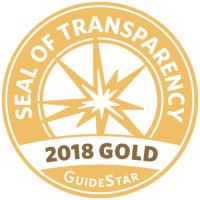



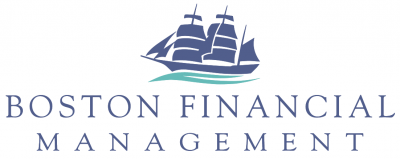
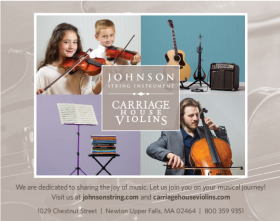

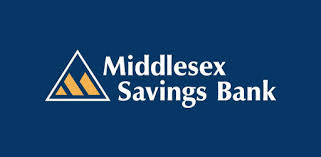
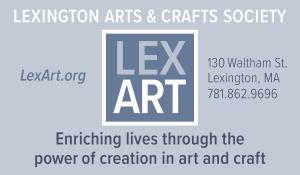
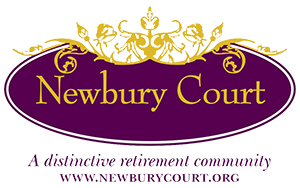

Daniel Ryan and Suzanne Stumpf, Artistic Directors
349 Boston Post Road, Weston, MA 02493
tel. (781) 466-6694
All content © Musicians of the Old Post Road
Privacy Policy
Terms & Conditions
